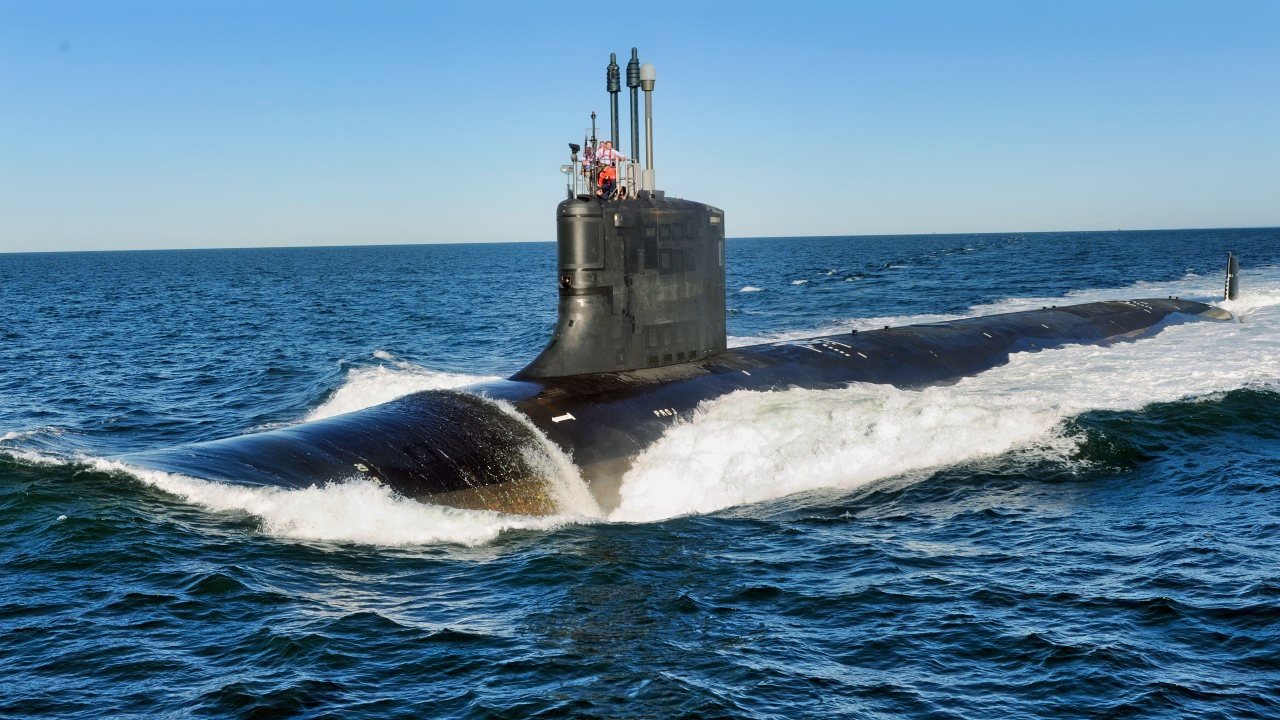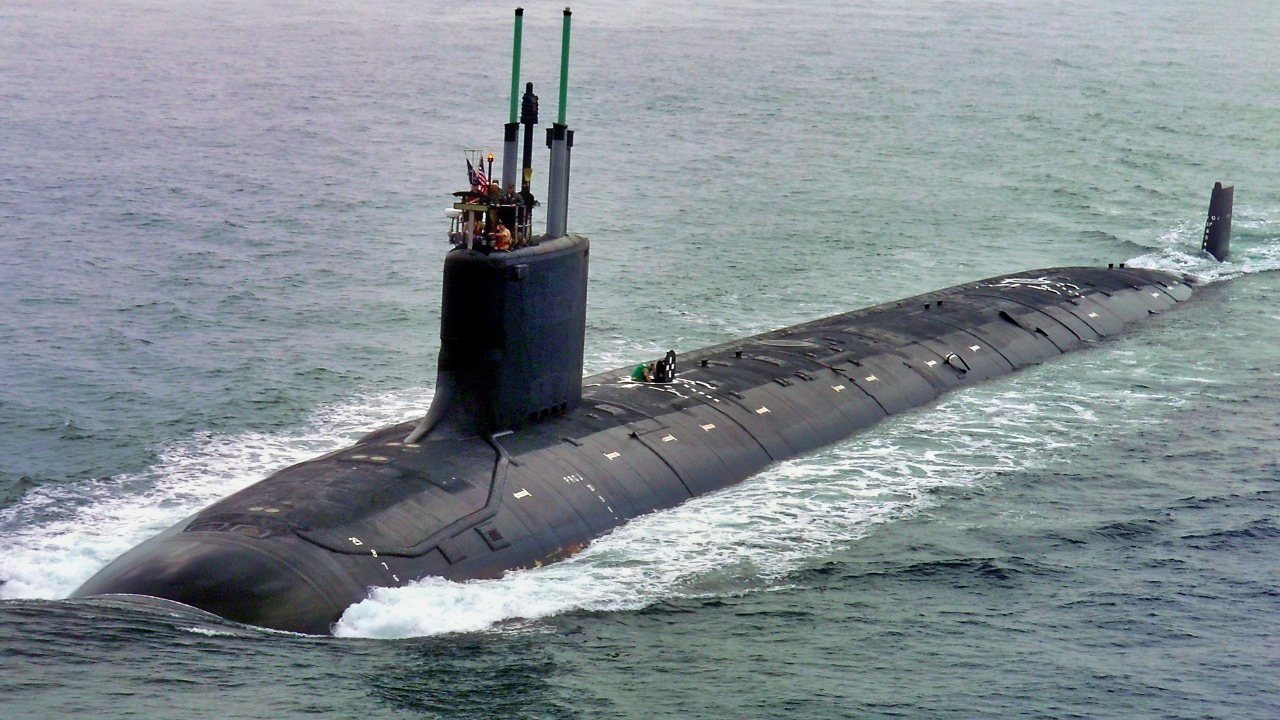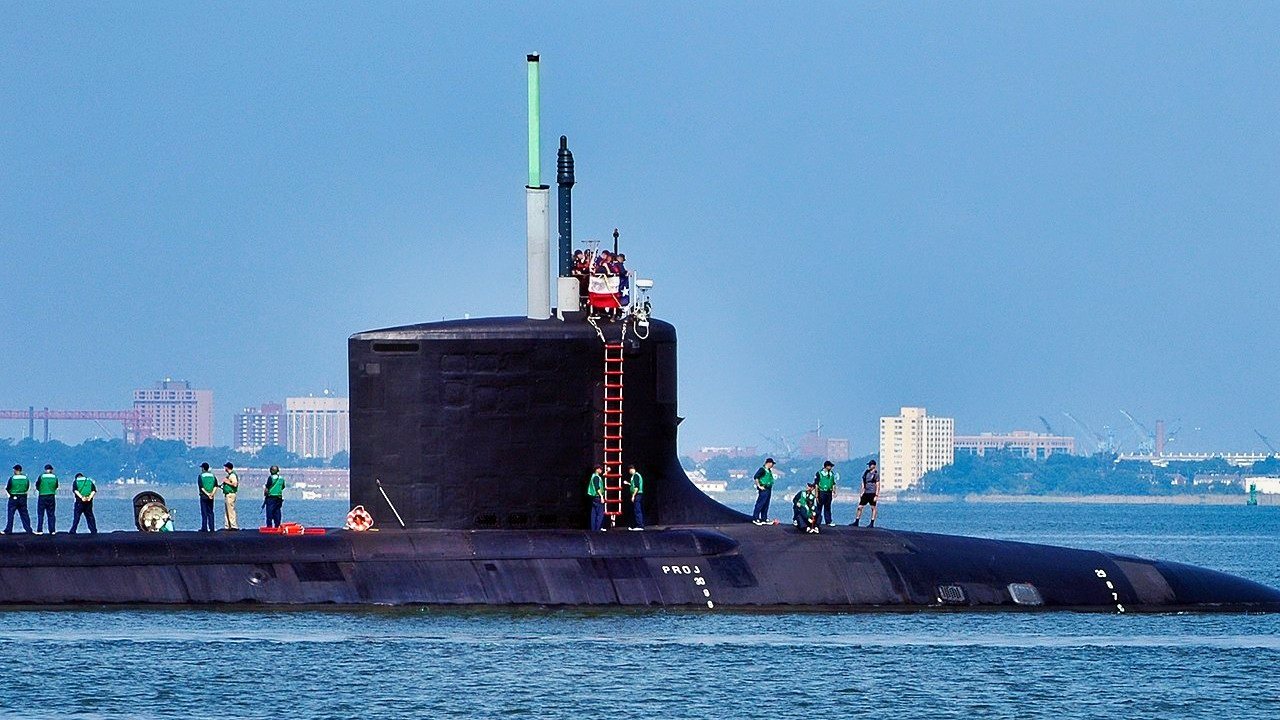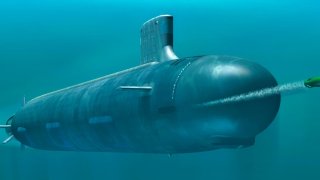The Navy's Virginia-Class Submarine Nightmare Won't Be Easy to End
The Virginia-class submarines, critical to U.S. naval power, are facing significant delays in their construction schedule, estimated at 41 months behind, with expectations to catch up by 2028.
Summary: The Virginia-class submarines, critical to U.S. naval power, are facing significant delays in their construction schedule, estimated at 410 months behind, with expectations to catch up by 2028. These delays are exacerbated by existing maintenance and readiness challenges within the fast-attack submarine fleet. In response, recent legislation included a $5 billion provision aimed at bolstering the submarine construction and maintenance industry.

-This funding is part of a broader effort, including a $3.4 billion investment made between 2018 and 2023 and an additional $2.2 billion allocated last year for spare parts to improve operational readiness.
-The challenges have been highlighted by commitments such as the AUKUS deal, which strains the already burdened U.S. shipyards. Despite these hurdles, there is substantial federal commitment, including a proposed $17.5 billion over the next five years, to enhance the submarine industrial base and ensure the U.S. can meet future strategic demands.
Behind Schedule: The Challenge of Virginia-Class Submarine Production
Submarines, particularly the Virginia-class attack SSNs, represent a core pillar of U.S. naval power. They are virtually unmatched in their technology and capabilities, serving as a versatile and lethal force in any future conflict.

There is just one problem: the Virginia building program is an estimated 41 months behind schedule and may not be on track until 2028. This shortfall has continued to impact a fast-attack fleet that has consistently struggled with maintenance and readiness. Fortunately, the recent bill pledging military assistance to Ukraine came with an important rider, namely $5 billion to improve the submarine construction and maintenance industry.
The AUKUS deal and the Virginia-Class Subs
While readiness has plagued the U.S. fast attack boats for a number of years, new questions were raised when the United States, United Kingdom, and Australia inked a deal to provide Virginia-class fast attack subs to Australia in 2021.
On a Mitchell Institute for Aerospace Studies webcast last fall, Rear Adm. Scott Pappano, the Navy’s program executive officer for strategic submarines said: “If we were going to add additional submarine construction to our industrial base, that would be detrimental to us right now,” highlighting the struggles already facing shipyards as they attempt to meet their contract requirements for the Navy and deliver two Virginia-class and one Columbia-class each year.
Work in progress
The Navy recognizes these challenges and has already been working to address them, investing $3.4 billion to improve shipyards between 2018 and 2023. These efforts will take some time to bear fruit, but they do sow the seeds of the industrial revival necessary to meet submarine production demand.

In addition to production, the Navy has struggled with supply issues, oftentimes cannibalizing one boat to perform repairs on another. This has led in part to the dismal operational rate of fast attack boats of only 60 percent.
The Virginias in particular have been plagued by a lack of spare parts, which a separate $2.2-billion investment last year sought to address by “[giving] parts suppliers an increased but stable demand while also helping address widespread maintenance delays.”
White House request and congressional authorization
Last fall, as Congress attempted to negotiate multiple military aid bills, the White House included in its $50-billion request $3.4 billion for submarine production. This included funds for improvements to public shipyards, shipbuilding, procurement and spares, military construction, and naval reactors. The request came at the behest of Republican senators concerned with the lagging pace of submarine production.
Ultimately, the bill Congress passed included $5 billion to improve the submarine industrial base. Furthermore, the Biden administration will request an additional $17.5 billion over five years to continue this effort. While there is still a long way to go before the United States is producing and maintaining subs at the rates planners say are necessary, there is clearly money and an appetite to fix the problem.

The timely introduction of more advanced fast attack submarines should be of utmost importance to U.S. officials, considering the current state of affairs between Beijing and Washington.
About the Author: Maya Carlin
Maya Carlin, National Security Writer with The National Interest, is an analyst with the Center for Security Policy and a former Anna Sobol Levy Fellow at IDC Herzliya in Israel. She has by-lines in many publications, including The National Interest, Jerusalem Post, and Times of Israel. You can follow her on Twitter: @MayaCarlin.


